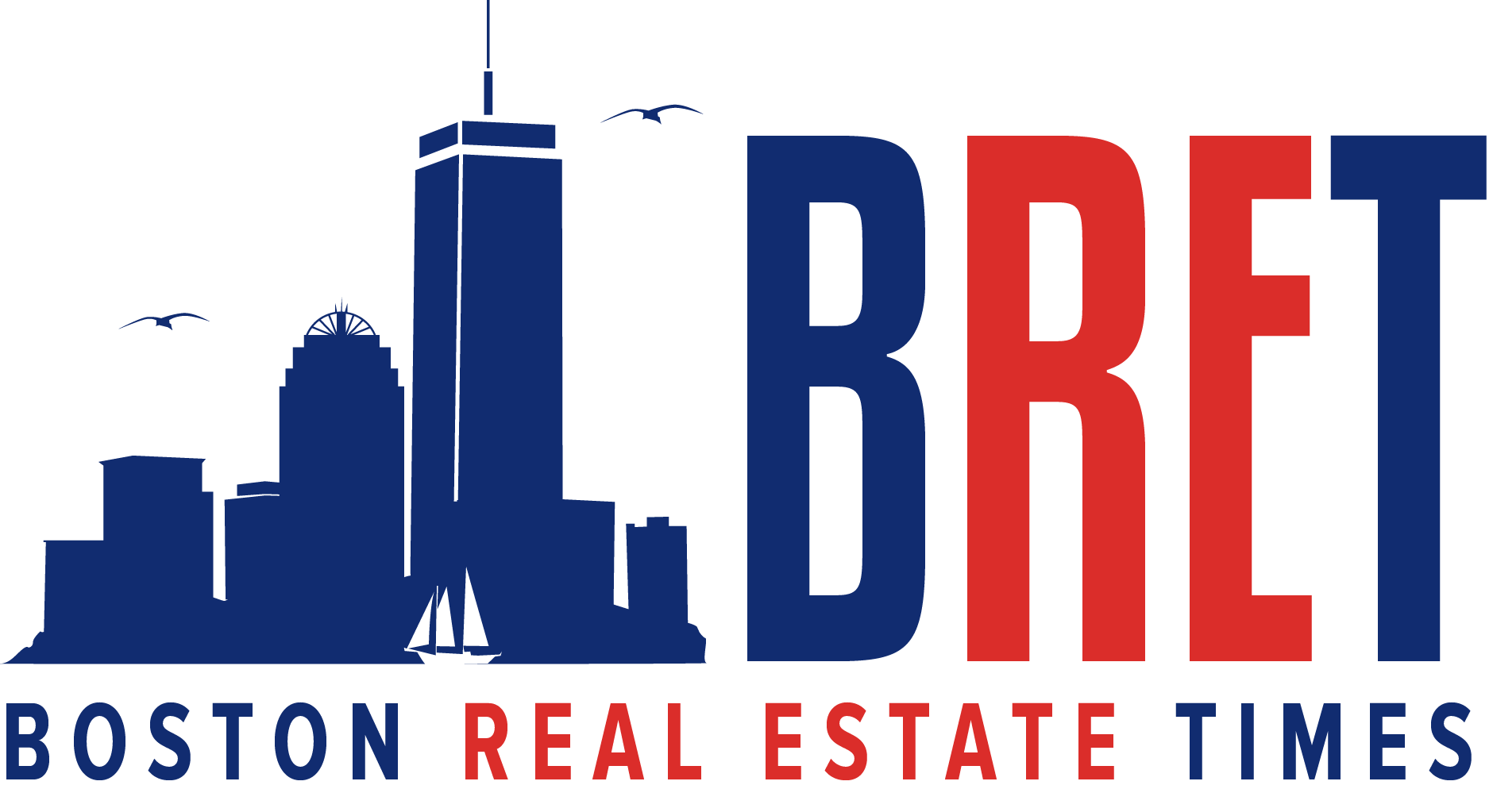
BOSTON—In order to achieve carbon neutrality, the City of Boston will need to retrofit nearly 86,000 buildings by 2050 and make all new buildings GHG-free, according to a report by the Boston Green Ribbon Commission.
The Boston Green Ribbon Commission unveiled two new reports that will help to inform the City’s ongoing Climate Action Plan update with detailed analysis and potential pathways to reduce carbon pollution and create an equitable, thriving and resilient Boston.
The companion social equity report and technical report augment key aspects of the original Carbon Free Boston Summary Report. The Boston University Institute for Sustainable Energy led the research and analysis, with a team from All Aces and the Applied Economics Clinic spearheading the social equity companion report.
“By matching our commitment to carbon neutrality by 2050 with our commitment to build a resilient Boston, this report presents our City with the opportunity to demonstrate comprehensive and sustained climate leadership,” said Mayor Martin J. Walsh. “Boston will build upon our existing work to ensure that every resident’s voice is heard as we continue our climate action and resiliency planning.”
The companion social equity report details how action taken toward carbon neutrality, which will fundamentally transform the city’s buildings, transportation, waste and energy systems, could potentially affect socially vulnerable populations. The companion technical report provides comprehensive tables, data and analysis based on extensive research combined with specific data from various City of Boston agencies, which have informed and support the overall Carbon Free Boston findings.
“Achieving carbon neutrality is not merely about reducing emissions; it is a public health, economic and social equity imperative,” said John Cleveland, Executive Director of the Boston Green Ribbon Commission. “These companion reports build on the original Carbon Free Boston summary report by shining a light on the incredible opportunity ahead of us to address historic inequities while creating a cleaner, healthier and more prosperous City for all those who live and work in Boston.”
Three themes defined the framework for the equity analysis: 1) careful planning to avoid unintended consequences, 2) intentional design with a clear focus on equity outcomes, and 3) inclusive practices from start to finish in all decision making.
“Our assessment of equity in the context of GHG reduction began with this concept of social vulnerability, broadly defined as the lack of capacity to withstand hard times – that is, to prepare for, respond to, and recover from emergencies such as a missed paycheck, illness, a high utility bill, or the effects of a natural disaster,” said Dr. Atyia Martin, co-author of the social equity report, CEO & Founder of All Aces, Inc., and Distinguished Senior Fellow at Northeastern University’s Global Resilience Institute. “While socially vulnerable populations are exposed to the greatest risks from climate change and new action taken to reduce GHG emissions, they also have the most to gain from those actions if we are intentional about embedding equity. There are huge health and wealth building opportunities including improved public health, cost savings on utility bills, improved living conditions and property values, and new pathways to workforce development and entrepreneurship.”
Like the summary report, the social equity report’s findings were broken out by Buildings, Transportation, Waste and Energy – some highlights include:
Buildings
- To achieve carbon neutrality, the City will need to retrofit nearly 86,000 buildings by 2050 and make all new buildings GHG-free.
- Boston’s path to a carbon-neutral building stock will be fair and just when choices are made with input from those most affected, and when deliberate action is taken with inclusive decision making at each step in the process.
- As the City moves towards a carbon neutral building stock, the report recommends a strong focus on the following:
o Energy-efficient, affordable housing is expanded to slow the displacement of vulnerable Bostonians;
o The cost of fuel and electricity is not a burden, and
o The quality of life enhancements from energy efficient housing are shared equitably across the City.
Transportation
- Boston cannot achieve carbon neutrality by 2050 without public and private transportation options that are accessible and affordable for all Bostonians.
- Public transportation and safe biking can be more equally distributed across Boston neighborhoods. New transit and biking infrastructure with reduced-cost and free public transit have great potential to increase ridership and biking while also enhancing equity.
- Therefore, community-specific outreach and education is crucial to make Bostonians aware of public transportation options including those that are low carbon and improve public health.
Waste
- Socially vulnerable communities are more likely to be sites of hazardous waste disposal, landfills, trash transfer stations and incinerators.
- There are substantial job creation benefits of moving from waste disposal to recycling and composting initiatives: recycling can create 5 to 100 times as many jobs as waste disposal.
- New waste policies should focus on training opportunities to broaden engagement, job safety to ensure healthy workers, and fair compensation to ensure an adequate standard of living and avoid displacing socially vulnerable households.
Energy
- To address the emissions associated with the City’s electricity and direct fuel consumption, the report proposes: (1) the installation of private rooftop solar panels on all suitable roofs, and (2) implementation of municipal aggregation, also called community choice energy, that allows the City to procure GHG-free electricity on behalf of residents and businesses.
- Socially vulnerable communities have the most to gain from private solar panel and municipal aggregation policies that are designed to be inclusive and create jobs with livable wages.
The companion technical report provides insight and data supporting the three main recommendations of Carbon Free Boston: 1) deepen energy efficiency while reducing demand, 2) electrify as much as possible, and 3) purchase 100 percent clean energy.
You can find the full social equity and technical reports at http://sites.bu.edu/cfb/carbon-free-boston-report-released, and the Carbon Free Boston Summary report at https://www.greenribboncommission.org/document/executive-summary-carbon-free-boston/.
The Boston Green Ribbon Commission is a group of business, institutional and civic leaders in Boston supporting the implementation of the city’s Climate Action Plan. The plan includes strong recommendations on how Bostonians can increase efficiency, reduce emissions and prepare for extreme weather and higher sea levels. Many cities have produced similar plans, but few have also enlisted the support and leadership of the local business community as effectively as Boston, to help reduce greenhouse gas emissions.


















